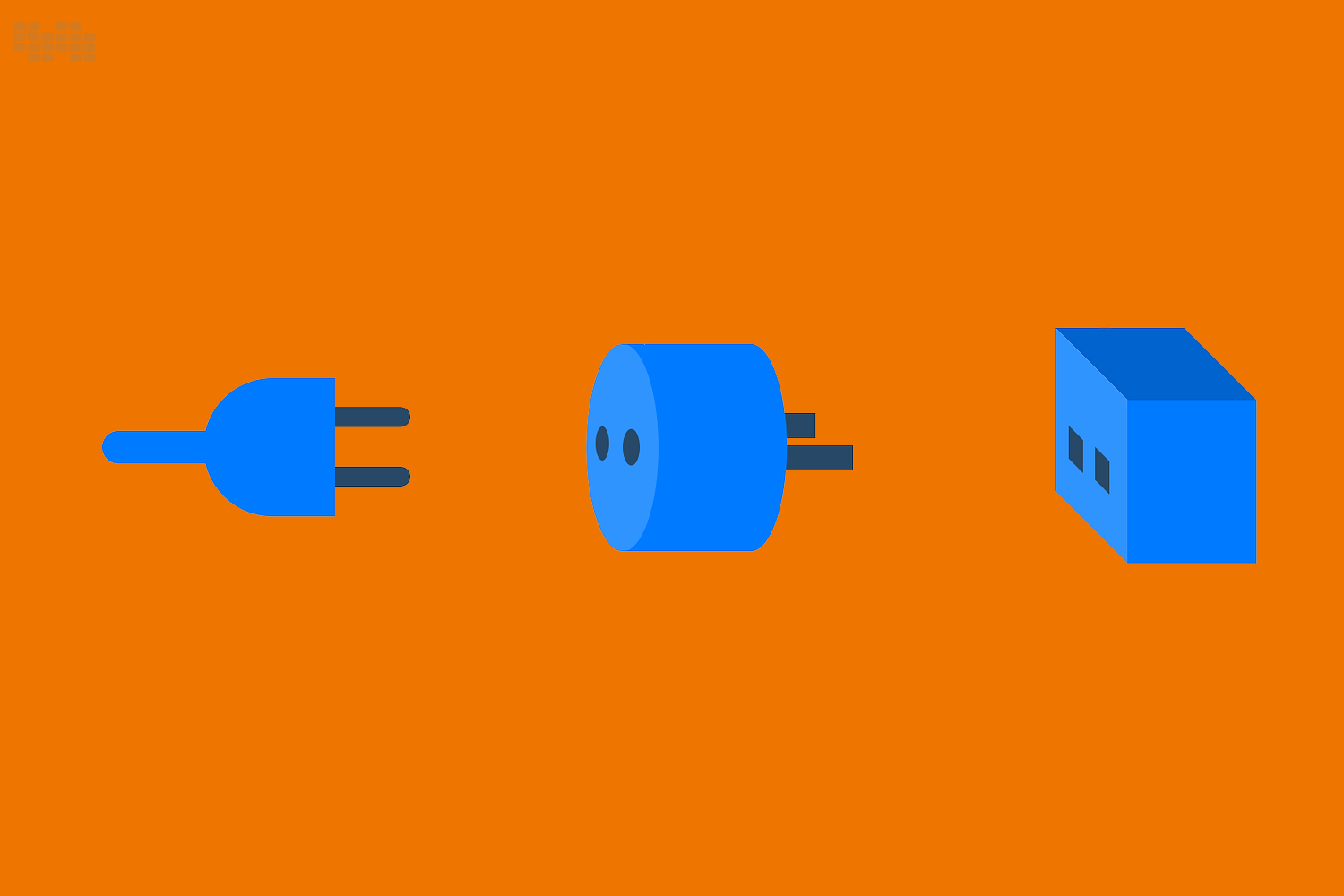How The Adapter Pattern Can Simplify Your Codebase
 Nile Bits
Nile Bits
Introduction
Keeping the codebase organized, adaptable, and controllable is essential in the field of software design. The Adapter Pattern is one design pattern that greatly advances these objectives. By acting as a bridge, this pattern allows conflicting interfaces to coexist peacefully. Developers may increase maintainability, simplify their codebase, and increase code reusability by applying the Adapter Pattern.
In this post, we'll delve into the Adapter Pattern, exploring its concepts, practical applications, and implementation using C#. We’ll provide numerous examples to demonstrate how this pattern can transform your code and simplify complex systems.
What is the Adapter Pattern?
The Adapter Pattern is a structural design pattern used to enable objects with incompatible interfaces to work together. It involves creating a class (the adapter) that wraps the incompatible class and provides the expected interface.
Key Components:
Target: The interface that the client expects.
Client: The class that interacts with the Target.
Adaptee: The existing class with a different interface that needs adapting.
Adapter: The class that implements the Target interface and uses an instance of the Adaptee.
Why Use the Adapter Pattern?
The Adapter Pattern helps in various scenarios:
Integrating Legacy Systems: When you need to integrate old systems with new ones.
Third-Party Libraries: When you need to use third-party libraries with interfaces that don’t match your system's requirements.
Code Reusability: When you want to reuse existing classes without modifying them.
Basic Implementation of the Adapter Pattern in C
Let’s start with a simple example to understand the Adapter Pattern in C#.
Scenario:
Suppose we have a legacy system that works with a specific interface, but we need to integrate it with a new system that expects a different interface.
Legacy System:
public class OldSystem
{
public void OldMethod()
{
Console.WriteLine("Old System Method");
}
}
New System Interface:
public interface INewSystem
{
void NewMethod();
}
Adapter Implementation:
public class Adapter : INewSystem
{
private readonly OldSystem _oldSystem;
public Adapter(OldSystem oldSystem)
{
_oldSystem = oldSystem;
}
public void NewMethod()
{
_oldSystem.OldMethod();
}
}
Client Code:
public class Client
{
private readonly INewSystem _newSystem;
public Client(INewSystem newSystem)
{
_newSystem = newSystem;
}
public void Execute()
{
_newSystem.NewMethod();
}
}
Usage:
class Program
{
static void Main(string[] args)
{
OldSystem oldSystem = new OldSystem();
INewSystem adapter = new Adapter(oldSystem);
Client client = new Client(adapter);
client.Execute(); // Output: Old System Method
}
}
Advanced Adapter Pattern Scenarios
Multiple Adapters
In scenarios where you have multiple old systems to integrate, you might need multiple adapters.
Example:
public class AnotherOldSystem
{
public void AnotherOldMethod()
{
Console.WriteLine("Another Old System Method");
}
}
public class AnotherAdapter : INewSystem
{
private readonly AnotherOldSystem _anotherOldSystem;
public AnotherAdapter(AnotherOldSystem anotherOldSystem)
{
_anotherOldSystem = anotherOldSystem;
}
public void NewMethod()
{
_anotherOldSystem.AnotherOldMethod();
}
}
Using Adapter with Dependency Injection
The Adapter Pattern can also be integrated with Dependency Injection (DI) to improve flexibility and testing.
Example:
public interface IService
{
void Execute();
}
public class Service : IService
{
public void Execute()
{
Console.WriteLine("Service Executed");
}
}
public class Client
{
private readonly IService _service;
public Client(IService service)
{
_service = service;
}
public void PerformAction()
{
_service.Execute();
}
}
Testing with Mocks
Using mocks to test the adapter is straightforward with frameworks like Moq.
Example:
public class AdapterTests
{
[Fact]
public void Adapter_Should_Call_OldMethod()
{
// Arrange
var mockOldSystem = new Mock<OldSystem>();
var adapter = new Adapter(mockOldSystem.Object);
// Act
adapter.NewMethod();
// Assert
mockOldSystem.Verify(os => os.OldMethod(), Times.Once);
}
}
Benefits of Using the Adapter Pattern
Increased Flexibility: Adapters allow systems with different interfaces to communicate.
Code Reusability: Adapters enable the reuse of existing code without modification.
Separation of Concerns: Adapters decouple the code, making it easier to maintain and understand.
Conclusion
One effective technique for controlling and streamlining complicated systems is the Adapter Pattern. The capacity to have conflicting interfaces coexist improves the flexibility, reusability, and maintainability of programming. The above examples demonstrate how the Adapter Pattern may be used in a variety of C# settings, demonstrating its usefulness in practical applications.
For further reading and resources on the Adapter Pattern, you might find these references helpful:
Subscribe to my newsletter
Read articles from Nile Bits directly inside your inbox. Subscribe to the newsletter, and don't miss out.
Written by

Nile Bits
Nile Bits
Nile Bits is a software company, focusing on outsourcing software development and custom software solutions. Our outsourcing software services and solutions are designed with a focus on secure, scalable, expandable and reliable business systems. Via our low cost, high quality and reliable outsourcing software services, we provide to our clients value for money and therefore client satisfaction.